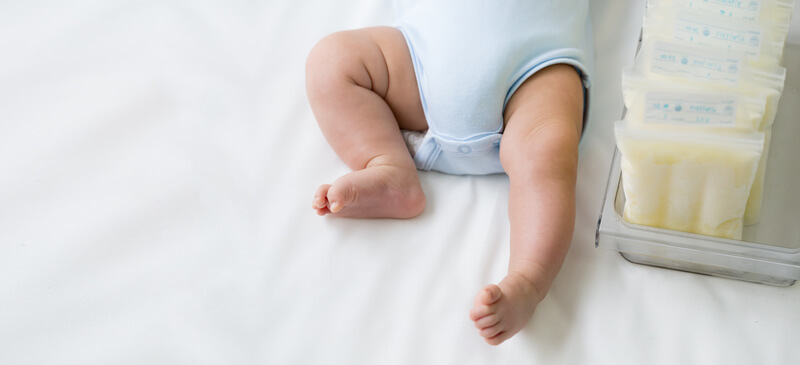
Most of the discussion about the properties of breast milk rightly focuses on its status as the ultimate human superfood.
And that’s just the top of the list—there are many other reasons to praise the benefits of breast milk.
What’s more, the properties of breast milk translate to many amazing non-feeding uses for you and your baby. Perhaps because undersupply is a more commonly discussed issue than oversupply, the many creative uses for extra breast milk are not always widely advertised to breastfeeding parents. But if you have extra milk filling up your freezer and are looking for a way to use it, we’ve got you covered.
Breast milk can do more than feed your infant. When it comes to baby care, breast milk has many useful applications.
Most breastfeeding parents know that rubbing a few drops of breast milk on sore or cracked nipples can help reduce pain and speed up healing. But did you know that rubbing a small amount of breast milk on a mild diaper rash a few times a day and letting it air-dry before putting on a new diaper is as effective as diaper rash cream?
Breast milk’s antimicrobial and anti-inflammatory properties also mean that the same process can effectively treat baby acne. When you add in its moisturizing properties, massaging breast milk onto eczema patches or cradle cap (the scaly, yellowish patches that sometimes develop on a newborn’s scalp) can swiftly clear up the problem spots.
Due to concerns about antibiotic resistance in recent years, doctors are now advised not to prescribe antibiotics for mild ear infections, which usually will resolve without treatment in time.
That doesn’t necessarily mean that you and your baby need to resign yourselves to discomfort until the infection clears, however. Placing a few drops of breast milk into the affected ear several times a day, combined with the suckling motion of breastfeeding, can help ease pain and clear the infection faster. This trick has also been shown to work for blocked tear ducts. Just be sure to talk to your pediatric provider before putting anything in your baby’s ear or eye, even your breast milk.
Frozen breast milk cubes or popsicles are a great way to help manage sore gums caused by teething. You can put cubes of frozen breast milk into a mesh feeder to reduce choking risk.
When you use breast milk for any baby care, remember to have clean hands and droppers, so you don’t accidentally introduce new bacteria. Always consult your lactation consultant or pediatric provider if you are unsure about a particular use for your expressed breast milk.
The anti-inflammatory properties that make breast milk a great solution to help your baby heal can also benefit older children and adults.
For example, breast milk (frozen or fresh) can be used to treat minor burns, whether caused by the sun, a curling iron, or a cooking session. The antibody IgA is abundant in breast milk and forms an antimicrobial protective layer that can reduce infection risk and promote healing.
You can also use breast milk like an antibiotic ointment on superficial scrapes—although you should never apply it to open wounds or deep cuts. Breast milk can also reduce itchiness from bug bites or poison ivy. Some people even gargle with breast milk to help manage sore throat pain!
Remember the basics of infection control if you decide to use extra breast milk as part of your first-aid repertoire. Wash your hands, clean the treatment area, and use sanitized or sterile tools.
It’s become increasingly popular in holistic spaces to make breast milk lotions, soaps, and face washes by mixing extra milk with other natural ingredients like beeswax, grapeseed oil, essential oils, etc.
Breast milk is high in fat and sugar, making it an excellent base for a creamy soap or face wash that lathers well and is gentle on the skin while maintaining antimicrobial properties. Breast milk soap can help you manage your baby’s diaper rash, but it can also help the rest of your family avoid dry, cracked skin caused by frequent washing or cold weather.
It’s not common to substitute breast milk for cow’s or goat’s milk in cooking and baking.
You may have heard that an Iron Chef contestant served cheese made from his wife’s breast milk in his New York restaurant, but it isn’t a great one-to-one replacement for other milks. Breast milk has significantly more sugar and less protein than cow’s milk. It’s also a very different consistency, which means that while it may work fine in your coffee, using it can disrupt a recipe's chemistry and flavor balance.
That doesn’t mean it can’t be done, however. There are plenty of recipes for breast milk cookies, brownies, soups, and sauces online. And for babies and toddlers, incorporating breast milk into smoothies or purees is a great way to provide extra nutrition and immune benefits.
Just remember that breast milk is an unpasteurized bodily fluid and should only be used if it has been properly collected and stored—and if the people you serve are aware and consenting. Additionally, you shouldn’t serve any food made with breast milk to people with weakened immune systems (elderly, cancer or transplant patients, pregnant women, etc.), as consuming unpasteurized products increases their risk of illness.
This is probably the most fun way to use extra breast milk: there are companies that turn breast milk into jewelry by dehydrating your milk, adding chemicals that prevent bacterial growth and harden the milk into a resin, and then shaping the resin into a “stone” that is placed in a ring, necklace, bracelet, or earrings.
The “gem” that results from this process is a milky, pearly white, or creamy yellow that looks similar to an opal. In fact, it looks so much like a natural stone that you may be the only person who ever knows it is, in fact, breast milk.
While all of these alternative uses are better than pouring extra breast milk down the drain, one of the best ways to use an abundant milk supply is to donate it to a milk bank. Because of breast milk’s well-documented benefits and high demand, almost all of the breast milk donated to a milk bank goes directly to infants in NICUs and/or with complex medical issues.
The need for donations of breast milk is continually rising. The largest milk bank in North America distributed 9.2 million ounces of donated milk in 2021, a 22% increase over 2020.
If you regularly have extra supply, consider contacting a reputable milk bank to find out what their eligibility requirements are. Your donation could make an enormous difference to another family.
If you have any questions about traditional or creative uses for breast milk, or if you have any questions about breastfeeding in general, reach out to the experts at Nest Collaborative. As International Board Certified Lactation Consultants (IBCLCs), it’s our mission to provide compassionate, competent breastfeeding support to all parents. We’d love to help you.
